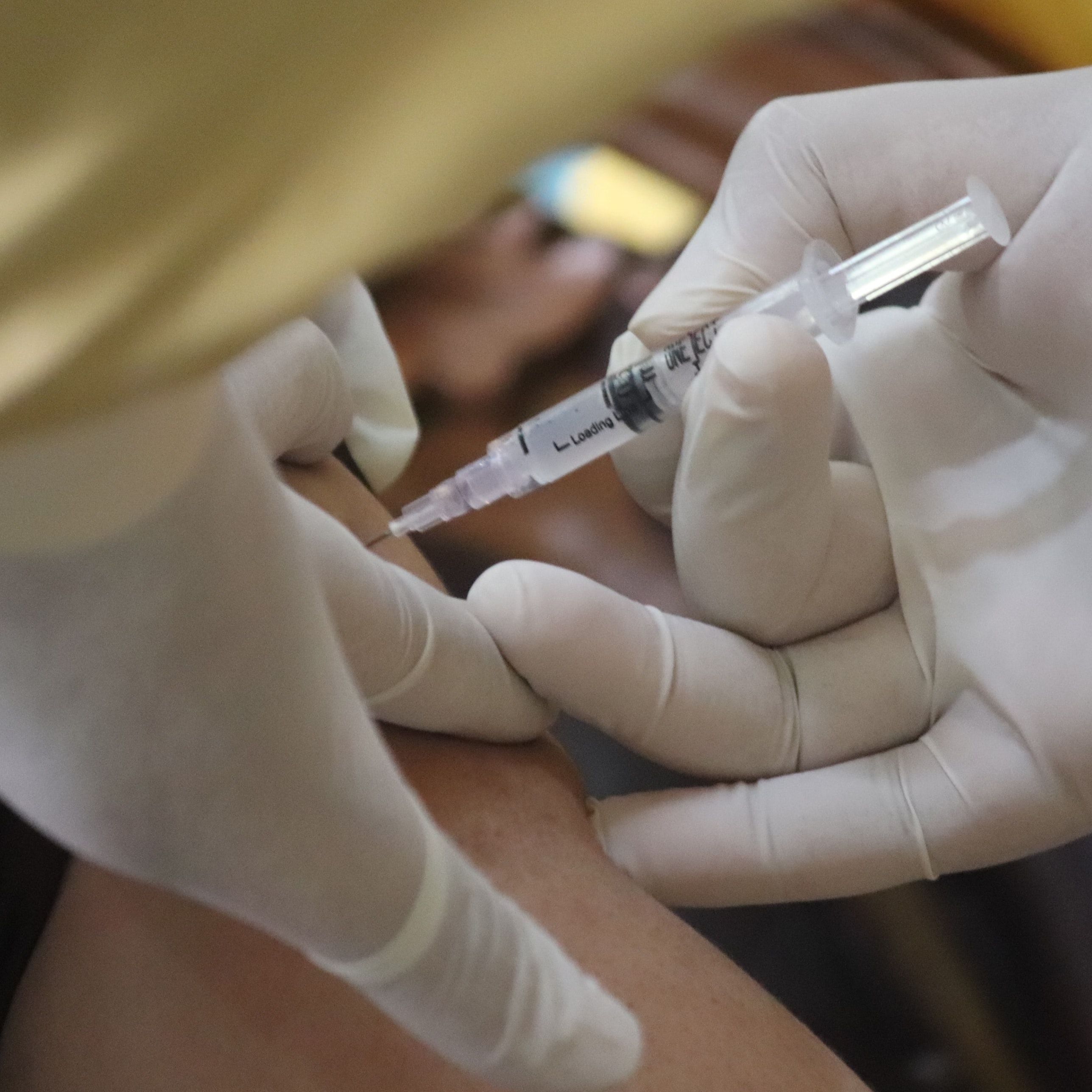Article
Immunization Reminders Underutilized by Many Physicians
A new study explores the real world issues that influence private practices' decisions to implement an evidence-based intervention to increase immunizations.
Despite evidence of the effectiveness of recall message—usually in the form of postcards, letters, or phone calls—to increase immunization rates within the primary care setting, a new study finds that initiating and sustaining recall activities within private practices remains difficult.
In a report published in Academic Pediatrics, researchers at the University of Colorado School of Medicine explored the barriers, facilitators, and alternative approaches to providers sending reminder notices for immunization using a statewide immunization registry.
Alison W. Saville, MSPH, MSW, and principal investigator Allison Kempe, MD, MPH, of the Children’s Outcomes Research (COR) Program at University of Colorado, and colleagues explored the issues that affect provider-based recall using Immunization Information System. The researchers set out to determine why recall was so underutilized by physicians in practice, despite its demonstrated effectiveness at increasing immunization rates in young children. The Colorado Immunization Information System, a statewide immunization registry, offers a Web-based tool to create a list of children who are behind on immunizations that can generate mailing labels or a phone list.
“This is the first study to explore the real world issues that influence private practices’ decisions to implement an evidence-based intervention to increase immunizations,” said Saville.
The objectives of the study were to assess pediatric practices’ use of provider-based recall using an Immunization Information System (IIS) eight months after training on the recall process; find barriers to provider-based recall using an IIS; come up with strategies that facilitated recall initiation; and create recommendations for alternative approaches for conducting recall.
In 2008, 11 practices received training on the automatic recall function in Colorado’s IIS (CIIS) for both infants and adolescents. The two-hour computer-based training provided an opportunity for attendees to run real-time recall reports with CIIS staff assistance. Eight months later, key informant interviews were conducted with 24 providers and staff from these practices.
Eight months after training, only four out of 11 practices had implemented recall using CIIS—three practices recalled children two years of age and under and one practice recalled adolescent females for the Human Papillomavirus vaccine, according to the study. Resistance to using the System included lack of awareness of baseline immunization rates, distrust in the accuracy of CIIS generated data, and perceived difficulties recalling adolescents. Having unrealistic expectations about recall effectiveness was a barrier to sustainability.
Strategies that facilitated recall included having a dedicated staff person for recall efforts and recalling children two years of age and under. The majority of key informants viewed population-based recall conducted by public health departments or schools as an acceptable alternative to provider-based recall.
“Even with a promising tool to assist pediatric offices, implementing provider-based recall is challenging for pediatric practices,” said Saville. Given existing barriers, providers expressed support for alternative recall methods.
Currently, there is no research comparing the effectiveness of provider-based versus population-based recall. Such research is needed in order to determine the most effective and cost-effective methods for getting children up-to-date with immunizations at the population level.
Source: University of Colorado Denver





